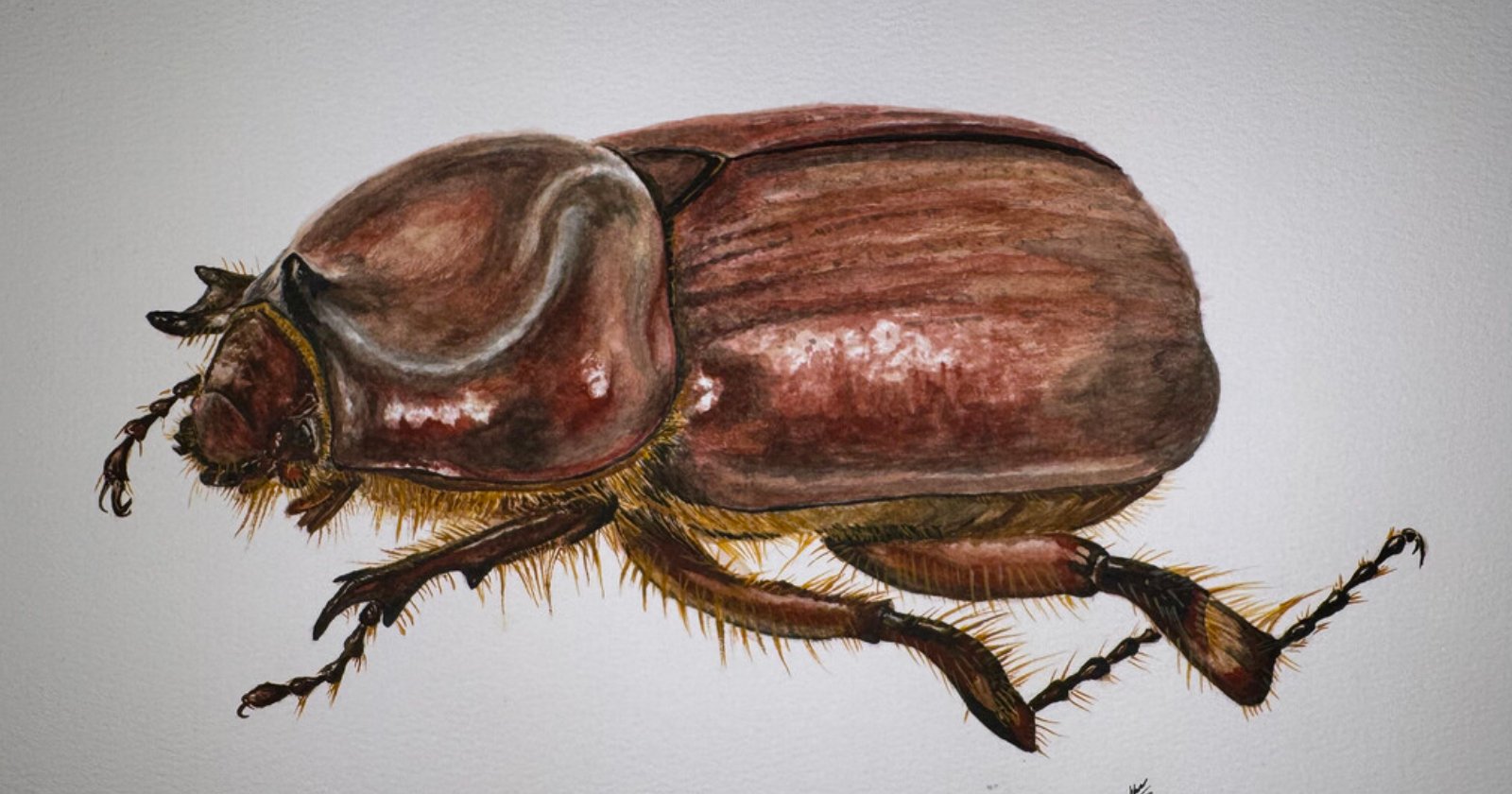New Beetle Species is Named After Photographer Behind ‘The Photo Ark’

Scientists have named a new beetle species after National Geographic photographer and founder of The Photo Ark Joel Sartore for his contribution to wildlife conservation.
Last month, Brett Ratcliffe, emeritus professor of entomology at the University of Nebraska–Lincoln, revealed that he had named the recently discovered beetle species Bothynus sartorei after photographer Joel Sartore.
Sartore has taken portraits of over 16,000 species living in zoos and wildlife sanctuaries across the world in a quest to document the world’s astonishing biodiversity for the National Geographic project The Photo Ark.
Ratcliffe’s tribute to Sartore with the Bothynus sartorei species recognizes the photographer’s incredible dedication to wildlife conversation.
“I’ve always been impressed by his passion for what he’s trying to do to conserve wildlife,” Ratcliffe says in a statement to the University of Nebraska-Lincoln.
“He’s an excellent speaker, he galvanizes his audiences. He’s doing a great job for society and for nature and for the planet, and this is one little way I can recognize him.”
Ratcliffe and co-author Ronald Cave, professor of entomology at the University of Florida, published their findings on the new beetle species in the Journal of Insect Biodiversity in August.
Sartore’s lesser rhino beetle is dark reddish brown and measures 14.7 millimeters long and 7 millimeters wide (or slightly bigger than half an inch by a quarter of an inch).
Ratcliffe and Cave are working on a project documenting Bolivian beetles. It will ultimately include 200 to 250 species of rhino beetles, including Sartore’s lesser rhino beetle. This specimen came from a collector in Canada and is the only known specimen of the species.
A Photographer Who Has Educated The Public
Ratcliffe says he has known Sartore for about 15 years and the photographer’s work is complementary to his own.
“He’s educating the public, which then provides a foundation to support what I do as an academic,” Ratcliffe explains.
According to the University of Nebraska-Lincoln, Sartore was surprised, grateful, and honored when he learned the news. The photographer says that the permanence of having a creature named after him is an honor.
“It’s a small beetle, but I’m a big fan of the little creatures because they make the world go round,” Sartore says.
“Dr. Ratcliffe is a major figure in natural history in Nebraska. He’s a great scientist, and I was very honored that the recommendation came from him.”
Sartore has been photographing the The Photo Ark since 2006, and over that time, he has captured images at zoos, aquariums, and wildlife sanctuaries worldwide.
“Our goal is to photograph every species in human care around the world, some 20,000 species, and that will take another 15 years at least — likely the rest of my lifetime,” Sartore told PetaPixel in December 2022.
Image credits: Header photo by Kevin Lievano/ University of Nebraska–Lincoln.